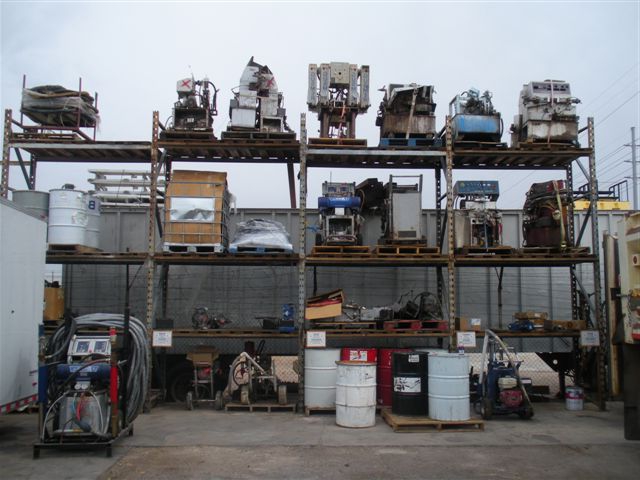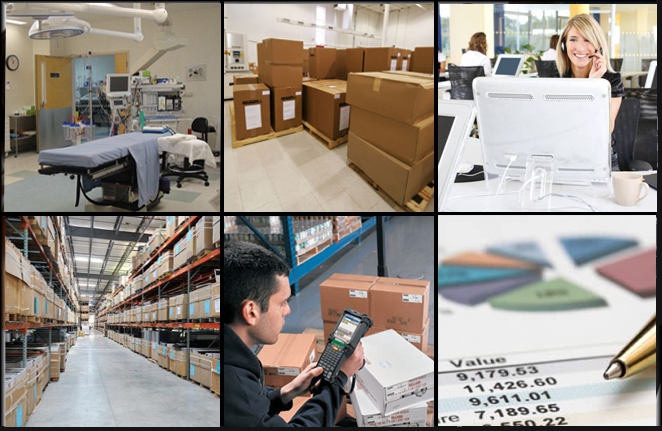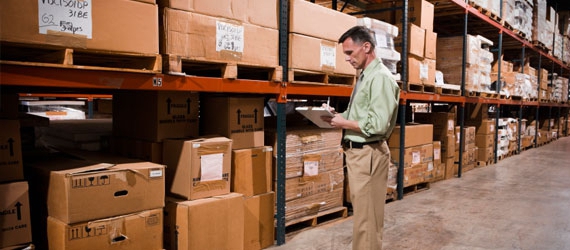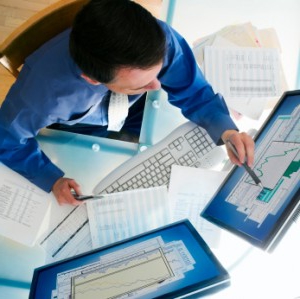The basis of the activity of any enterprise, regardless of specialization, is its assets. In other words, these are the resources of a business entity, without which its activity is impossible.
Depending on how quickly they transfer their value to the final product produced by the enterprise, they are divided into non-current and current assets. The former are also called fixed assets. This is a generally accepted classification of resources based on their functional role and composition. In this article, we consider the essence of non-current assets of an enterprise, study their structure, features of functioning and accounting.

Fixed assets: what is it?
Both non-current and current assets of the enterprise take part in the process of manufacturing finished goods. But only if the latter are used during one production cycle, the former transfer their value to the final product.
So, non-current assets are resources that are the property of the enterprise and used for more than one year or the normal operating cycle if its duration exceeds 12 months. In simple terms, these are resources that are reusable. In the balance sheet structure, a significant share falls on these assets. Non-current assets, or rather - their management today is one of the key problems for most enterprises.

The main issues
In an economic recession, business entities misuse their fixed assets. It is formed at the initial stage of their activities, and in the future, assets require regular investment and continuous effective management.
Recently, the equipment at many enterprises is outdated, and the means for updating it are limited. As a result, their productivity decreases. This negatively affects both the quality of the finished product and the volume of production, as well as the final results of the activities of economic facilities. In order to solve this problem, the regulatory regulation is updated, the basic aspects of fixed capital accounting are changed, the legal regulations for its use are strengthened, and the range of business operations is expanded.
Classification
Non-current assets are distinguished by a variety of elements and types. In this regard, for the convenience of managing the enterprise, it is necessary to subdivide them according to a functional basis. According to this classification, they are represented by intangible assets, fixed assets (funds), capital investments, equipment for installation, financial investments which will be returned no earlier than after 12 months, and other non-current assets.
Certain fixed capital groups in small enterprises may be absent.
Depending on what kind of activity fixed capital serves, it can also be classified into operational, investment and non-production. The latter, unlike the first two, is not involved in the production or financial activities of the business entity, but serves the employees of the enterprise. These assets include sports and health centers, canteens, educational institutions, etc.
Regarding the sources of education, fixed capital is classified into equity and leased.

The characteristic of certain groups of fixed capital
Intangible assets include intellectual and industrial facilities without physical substance, necessary for the implementation of economic activity of the subject.
Capital investments are investments in non-current assets intended for updating, modernizing and improving the material base of an enterprise. This group includes construction in progress - tangible and intangible fixed assets that have not been commissioned.
Equipment for installation implies those types of assets that, after acquisition, are established by installation. An example would be assembling or attaching to supports or foundations. This also includes control devices, measuring and other equipment, which is mounted in the equipment available at the enterprise.
Fixed assets: essence and composition
Fixed assets (OS) deserve special attention, since without them it is impossible to produce products, supply goods, and provide services. These include land, buildings and structures, equipment, tools, vehicles and other assets with a useful life of more than 12 months.
Fixed assets are the means of labor. Among them, it is customary to distinguish the active and passive parts. The first includes equipment and working machines, and the second includes vehicles, warehouses, production shops, etc. Such detailing allows you to optimize the structure of fixed assets and, on the basis of this, make their use more efficient.

Depreciation of OS
Like other non-current assets, fixed assets are used repeatedly in the production process. To the extent that, their original properties are lost, and the funds themselves wear out physically and mentally. Gradually, their value is transferred to manufactured products in the form of depreciation costs. Obsolescence manifested in the fact that over time the value of assets decreases. When new equipment enters the market, its cost is always overpriced. As time passes, it becomes cheaper, and a new, more expensive one replaces it. You can observe the same situation with consumer goods. As for physical deterioration, it is characterized by a shelf life coefficient.
The amount of depreciation for the period depends on the primary cost of the fixed asset and the planned term for its use. It is included in the cost of the final product and returned to the company along with the proceeds of the sale. Due to the accumulated depreciation amounts, business entities make investments in non-current assets in order to update their material base.

OS rating
In order to evaluate fixed assets at the current moment, it is necessary to calculate their residual value. This value is the difference between the initial price that was paid to acquire the asset and the amount of depreciation. It is at this cost that the fixed assets are displayed in the balance sheet of the enterprise.
If assets are decommissioned, their liquidation value. A special commission is created for this.
The instability of the economy often necessitates the revaluation of fixed assets by indexation or according to their market value. The latter is documented. Revaluation is carried out in order to bring the actual value of the fixed asset in accordance with its real market price. According to domestic law, business entities can recalculate no more than once a year.
Fixed assets accounting
The accounting of non-current assets on the balance of business entities is regulated by order No. 94n of the Ministry of Finance of the Russian Federation of 10.31.2000. Fixed assets are recorded in separate groups. Active balance accounts from 01 to 09 are assigned to them.The debit shows the receipt of assets or an increase in their value, for the loan - depreciation or liquidation.
For accounting of fixed assets account 01 is intended. Analytical accounting is carried out for each individual object. For this, on the basis of inventory cards, second-order sub-accounts are opened. For example, on account 01-1, buildings can be recorded, and on 01-6, vehicles. If you want to transfer an asset from one group to another, its value is transferred to the corresponding 3rd-order subaccount.

Accounting for investments in fixed assets
Accounting for investments in non-current assets is made on account 08. Here you can see: capital construction, acquisition of natural resources, land, intangible objects, as well as investment in structures, buildings, vehicles and equipment.
Accounting is carried out simultaneously at the cost of the whole and for individual objects. Account 08 shows the execution of work both in an economic and contractual way. Its balance at a certain date is characterized by construction in progress. Sub-accounts are opened for individual investment objects. The debit turnover shows the amount of expenses incurred for the acquisition and construction of objects, for a loan - their write-off.








